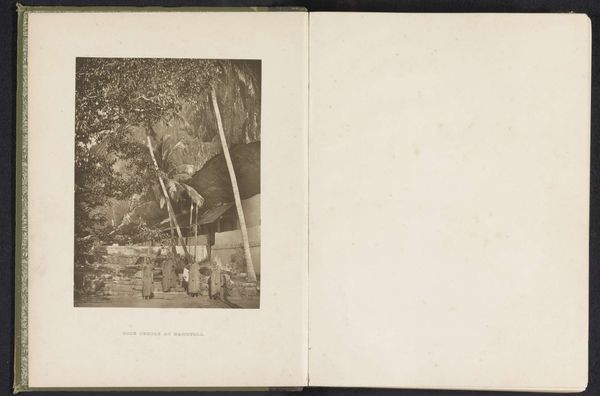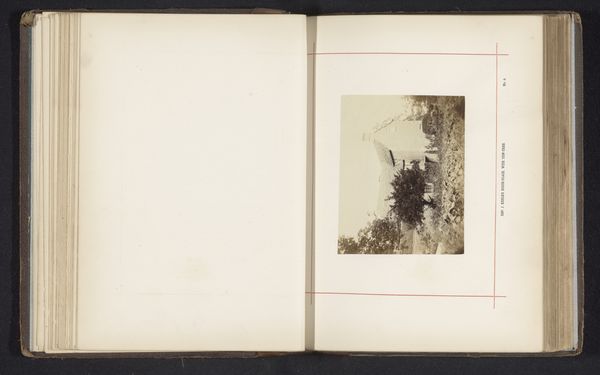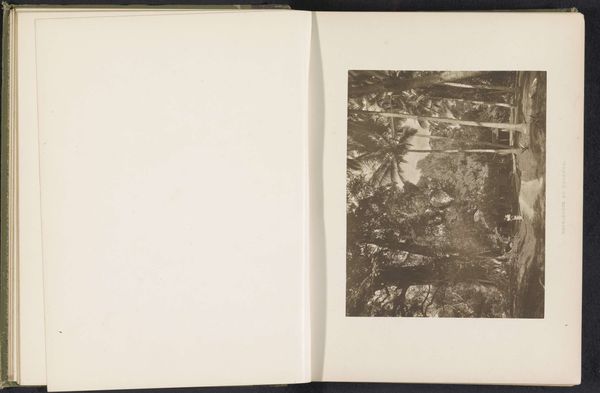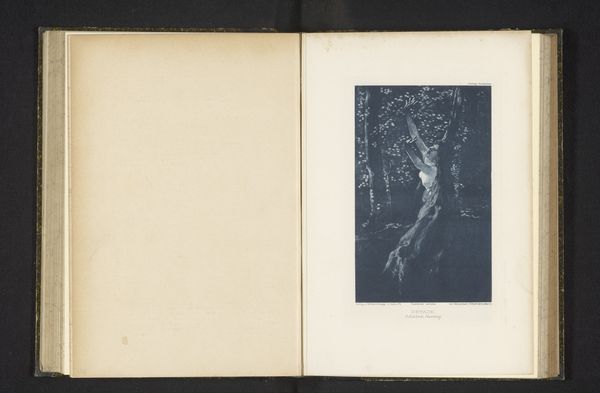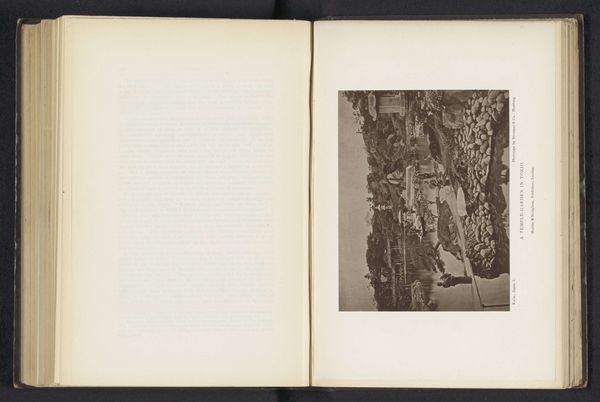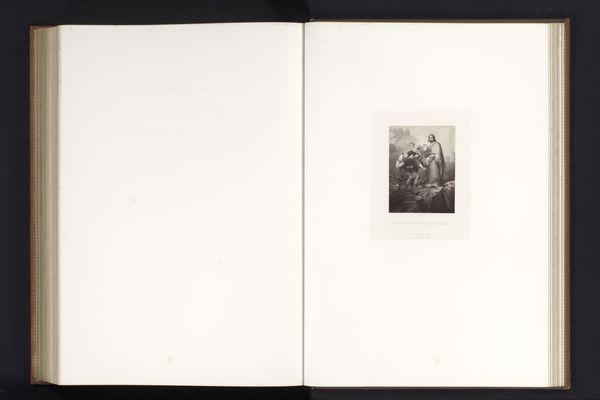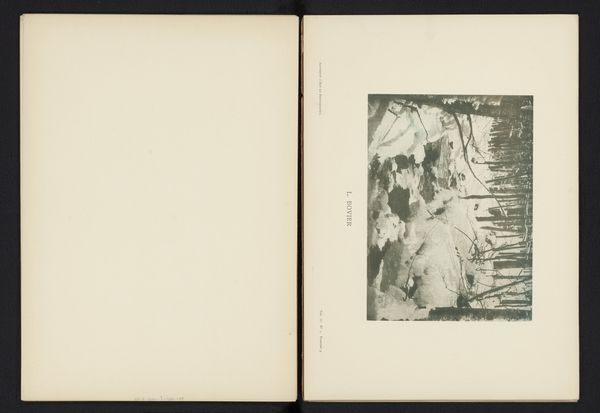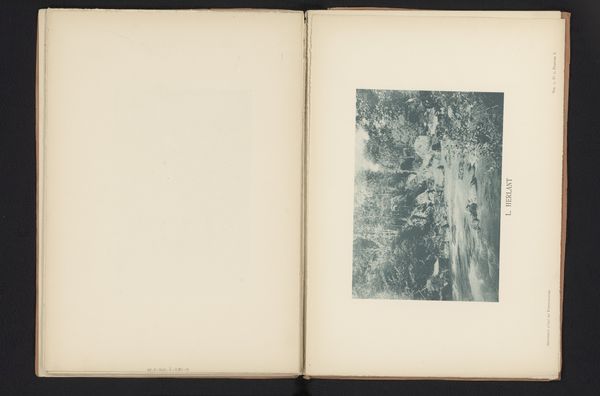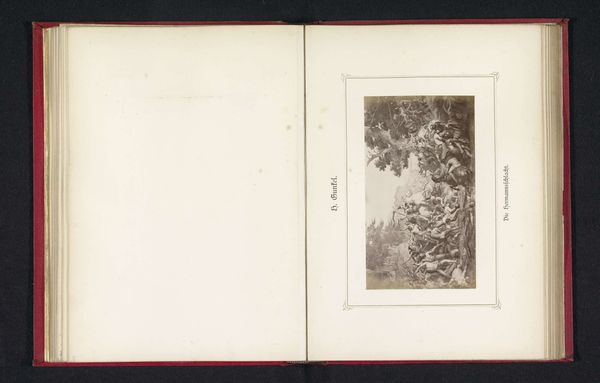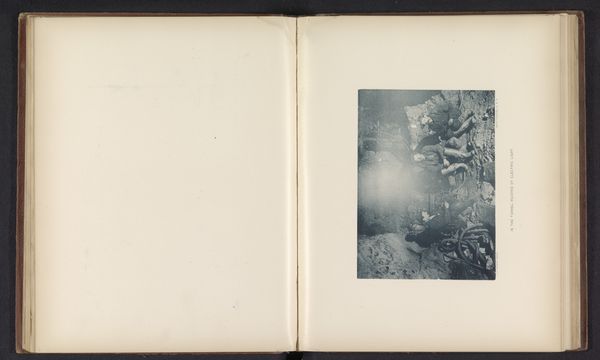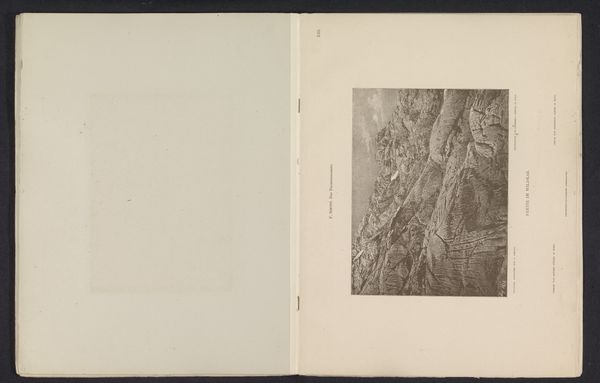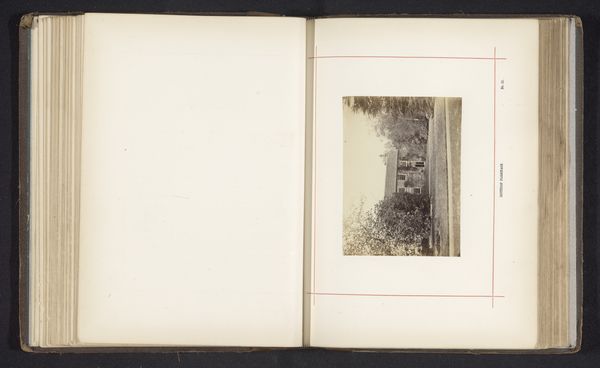
photography, gelatin-silver-print
#
landscape
#
photography
#
orientalism
#
gelatin-silver-print
Dimensions: height 148 mm, width 98 mm
Copyright: Rijks Museum: Open Domain
Editor: So, this is “Kotuwa,” a gelatin silver print from 1896 by Henry William Cave. Looking at it, the contrast between light and dark really stands out to me, and it evokes a sense of mystery. What's your interpretation? Curator: This photograph is fascinating when considering the late 19th-century British presence in Ceylon, now Sri Lanka. How do you think Cave’s landscape images might have been viewed by a British audience? Editor: I'd guess, probably as evidence of Britain’s colonial reach, showcasing exotic locales. Was this kind of imagery meant to convey a specific message? Curator: Exactly. These images frequently circulated as part of larger narratives that underscored the "civilizing mission" of colonialism. These images, while seemingly benign, contributed to a political project. What compositional choices support such a claim? Editor: I see, it frames nature through a Western lens, emphasizing certain 'picturesque' elements perhaps. It almost feels staged for the Western gaze. I guess what I’m seeing is that art isn't made in a vacuum? Curator: Precisely! Understanding its social and historical context opens a deeper appreciation for not only what is seen, but what it communicates about power and representation. Editor: I hadn't considered how photography, even landscapes, could play a role in broader socio-political dynamics. Curator: And now, hopefully, you will! It changes the way one "sees".
Comments
No comments
Be the first to comment and join the conversation on the ultimate creative platform.
